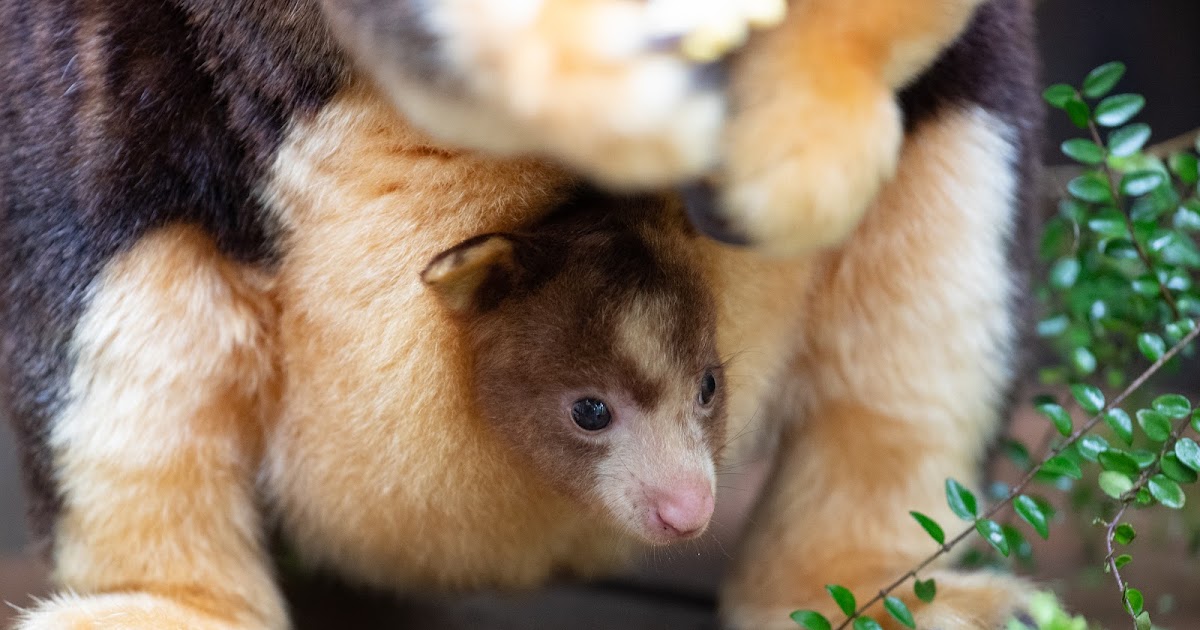Woodland Park Zoo in Seattle is celebrating World Tree Kangaroo Day on 21 May by announcing two new endangered Matschie’s tree kangaroo joeys at the zoo. Two females, Elanna and Omari, gave birth to the male joeys, while the zoo’s resident tree kangaroo, Rocket, fathered both. The animals were born in August 2022 but have only recently become visible in their mothers’ pouches. The zoo is to build a new best-in-class exhibit that will be home to Matschie’s tree kangaroos, red pandas, keas, and forest reptiles and is scheduled to open in 2026.
Since its implementation in 1973, the Endangered Species Act (ESA) has been instrumental in protecting and conserving various threatened and endangered species in the United States. This year marks the 50th anniversary of the law’s establishment, and it is a time to reflect on the accomplishments made possible by the ESA and the work yet to be done in securing the future of at-risk species.
Protecting at-risk species
The ESA protects any species of plant and animal that are in danger of extinction by regulating human activities that contribute to habitat degradation, pollution, and other threats to their survival. It requires the federal government to work to conserve the ecosystems needed to support endangered species while preventing the trade of endangered species or their products.
The ESA’s impact
Over the past 50 years, the ESA has successfully prevented the extinction of many species that were on the verge of disappearing forever, including the bald eagle, the American alligator, and the gray wolf. Additionally, the ESA has helped many species recover, such as the grizzly bear and the California condor.
The ESA has also been instrumental in protecting various habitats in the United States, from Louisiana’s coastal wetlands to the redwood forests of California. These habitats house not only endangered species but also many other flora and fauna species, making it indispensable to preserve them.
Future of the ESA
Despite its successful track record, the ESA has faced ongoing threats from proposed legislative rollbacks, budget cuts, and insufficient funding. The latest scientific data shows that more than a third of all American wildlife is in decline, indicating that there is still much work to be done in wildlife conservation.
It is critical to continue to strengthen the ESA by supporting efforts to regulate human activity’s hazardous effects and conserve crucial habitats that endangered and threatened species rely on daily. Only through collective action can the nation continue to protect our precious wildlife for generations to come.
Conclusion
The ESA’s success stories should serve as a reminder of its critical importance and how a joint effort toward preserving these species is highly relevant. This law is crucial, and its 50th anniversary must be celebrated and commemorated, along with efforts to ensure the continuation of this essential environmental policy in the future.


